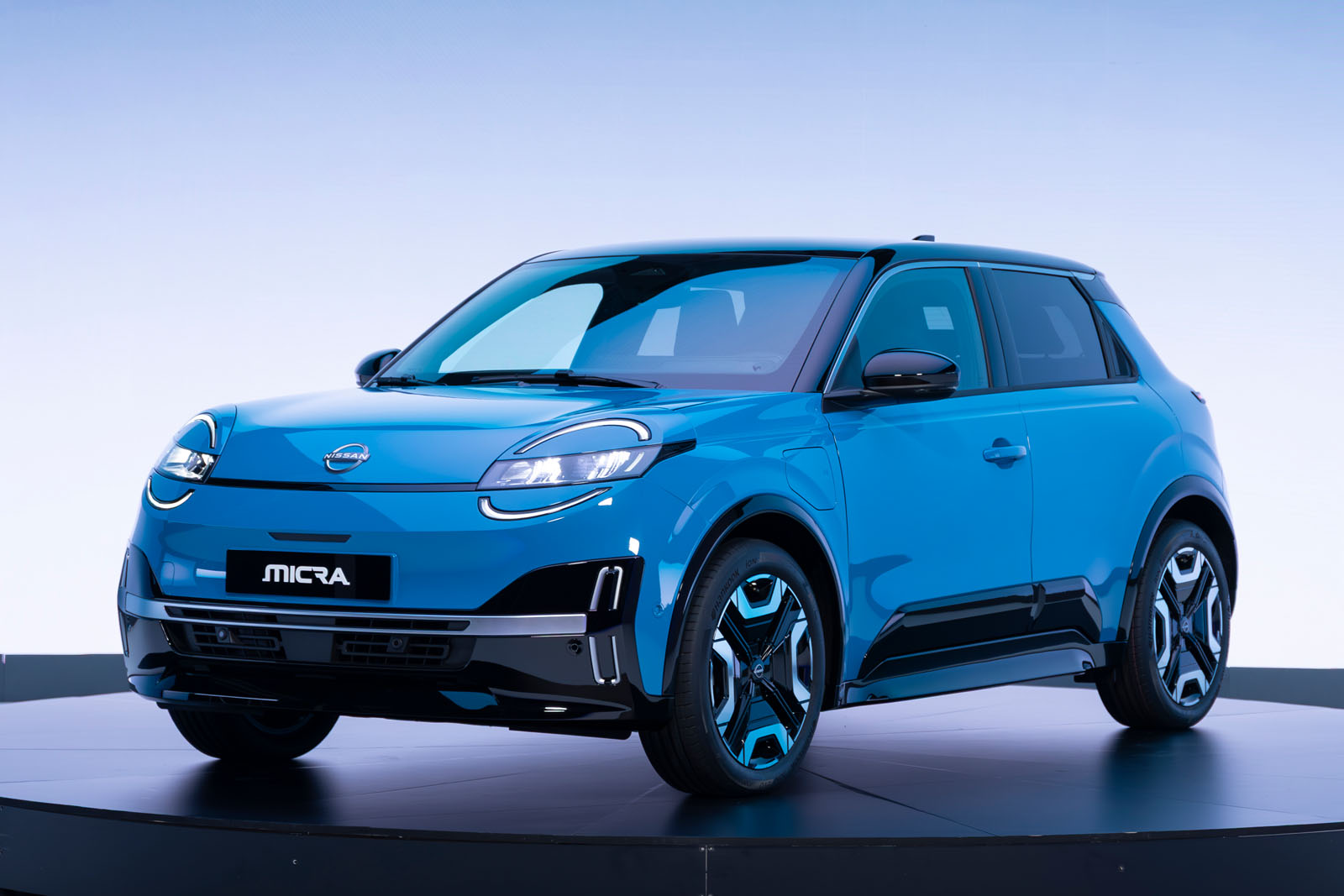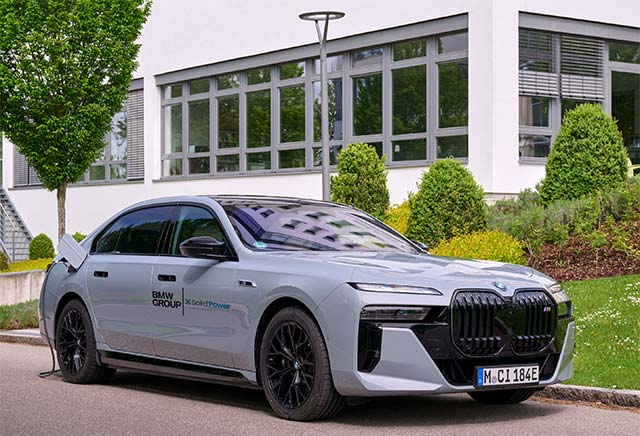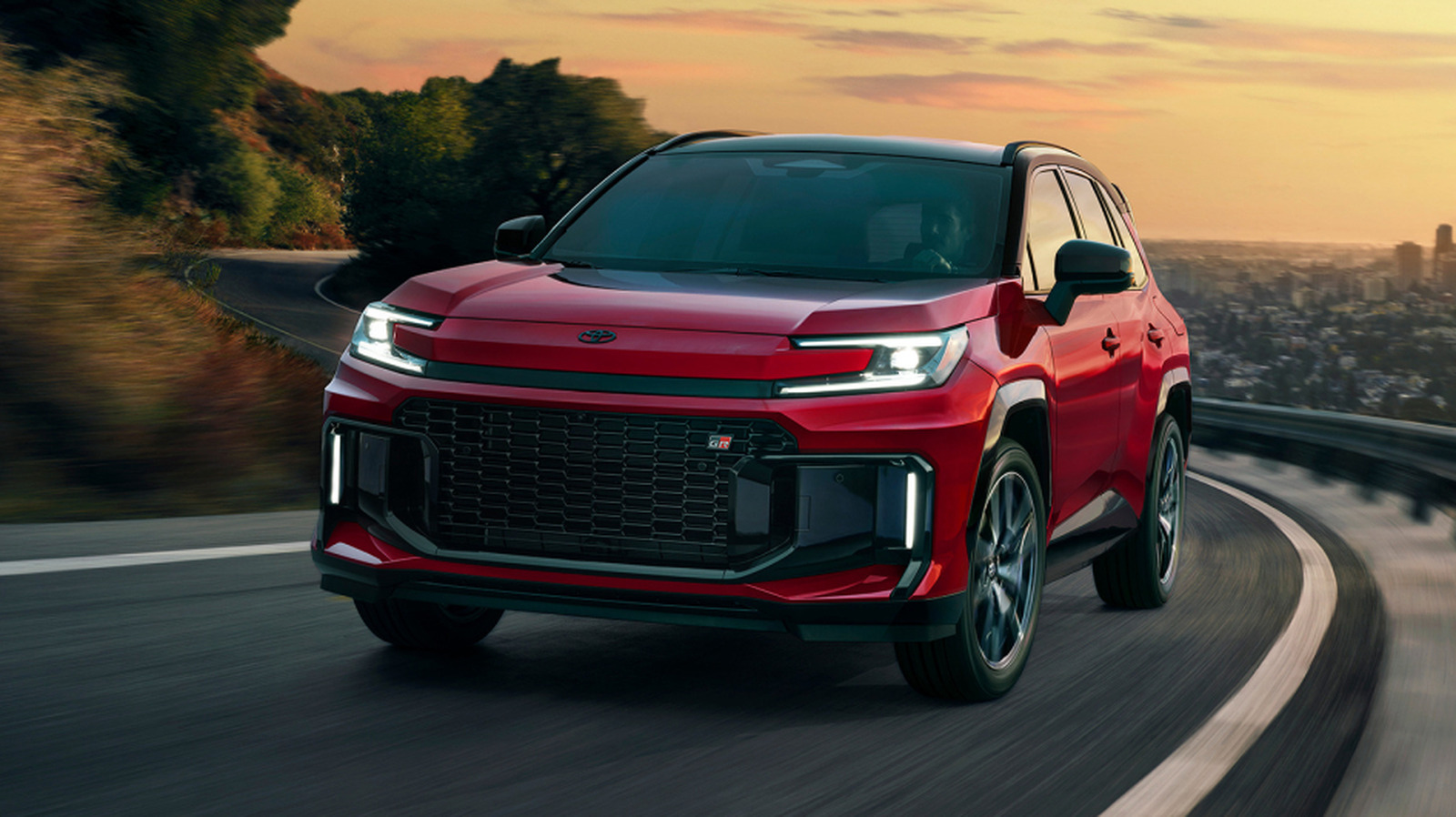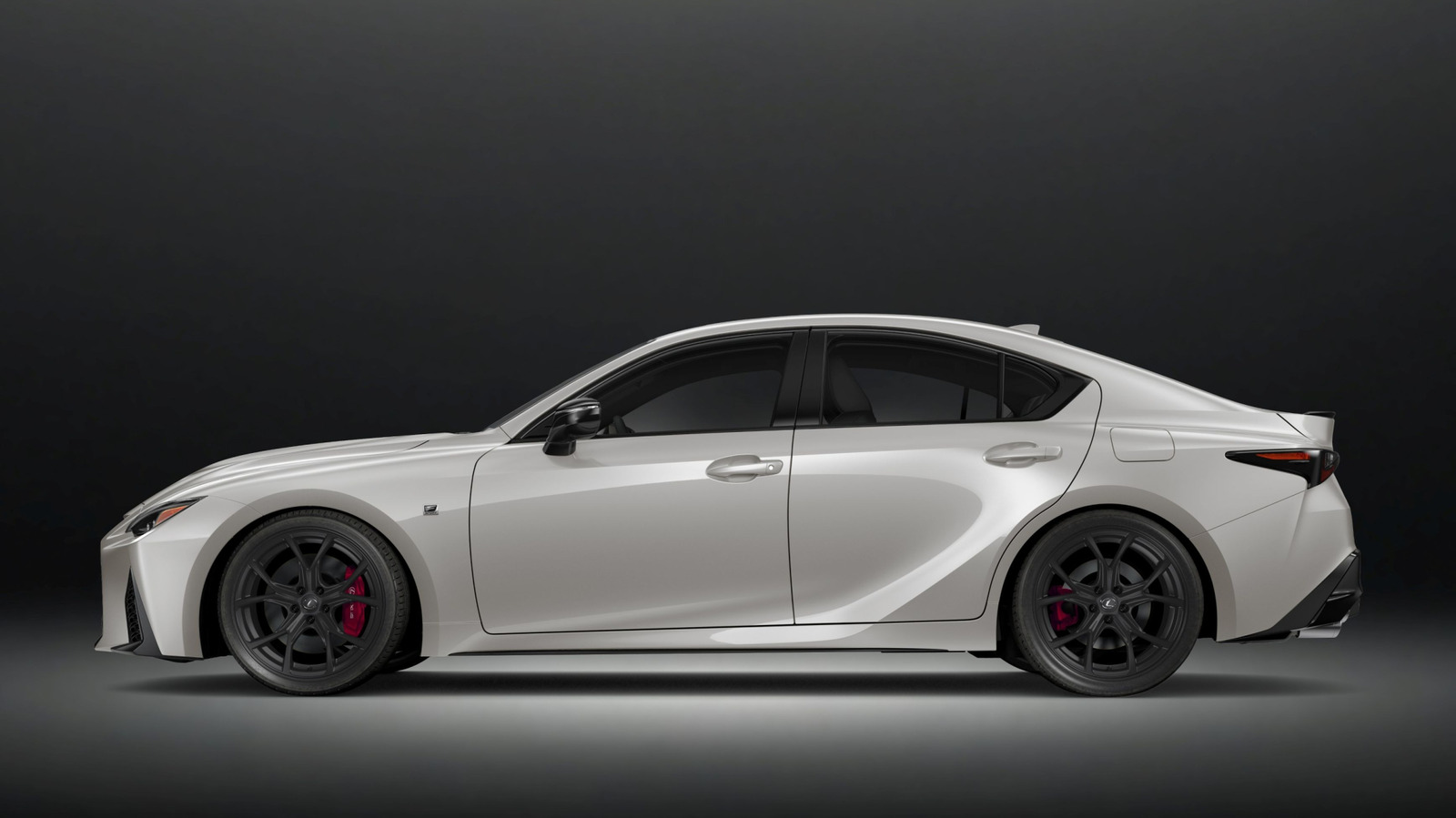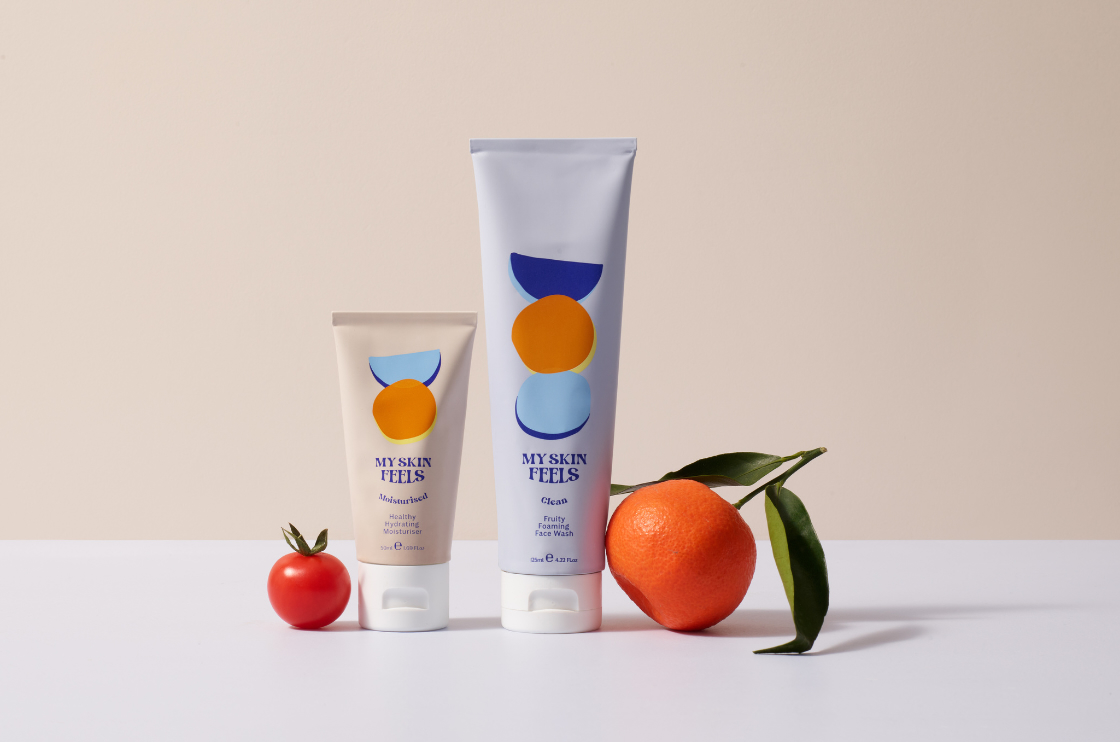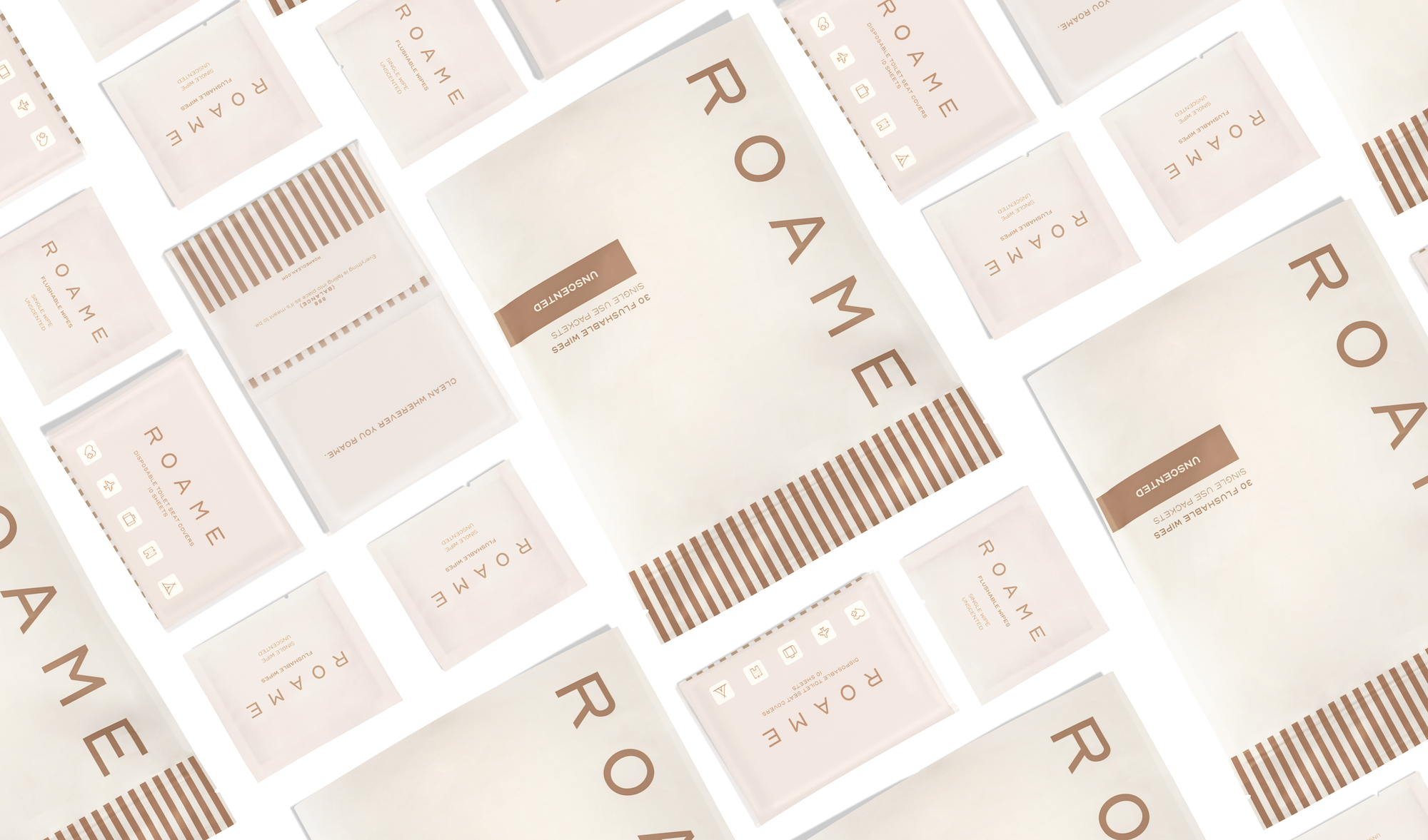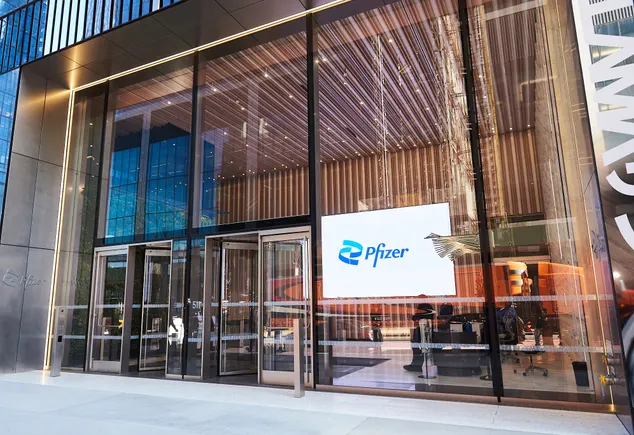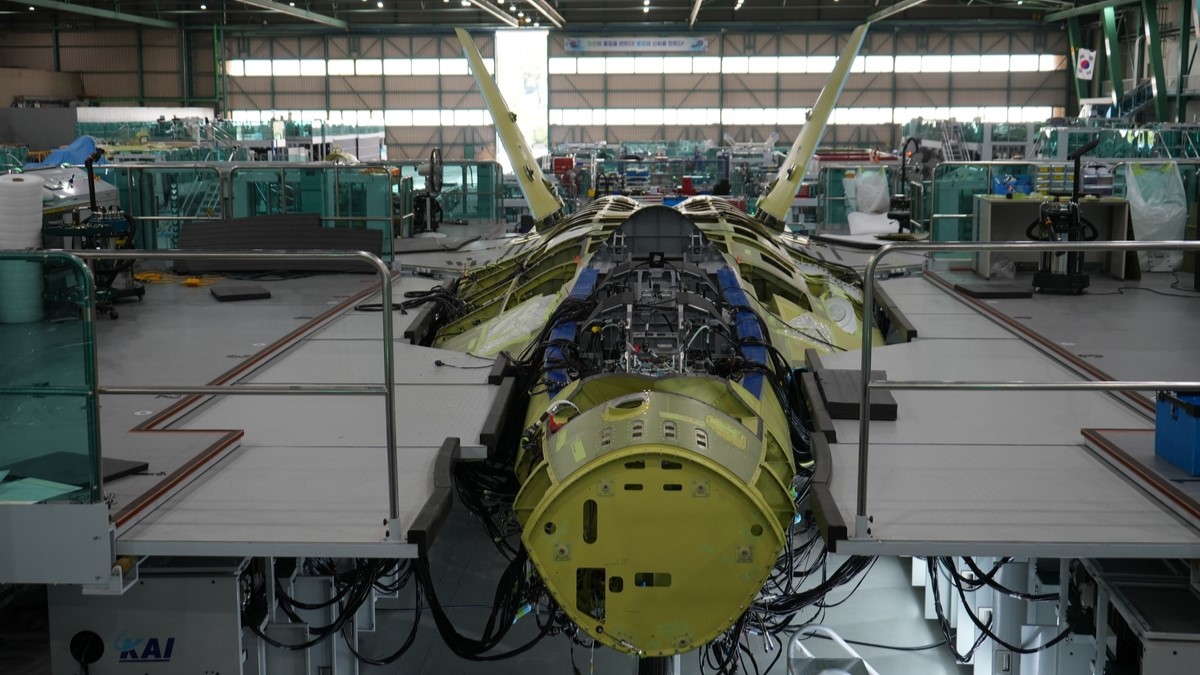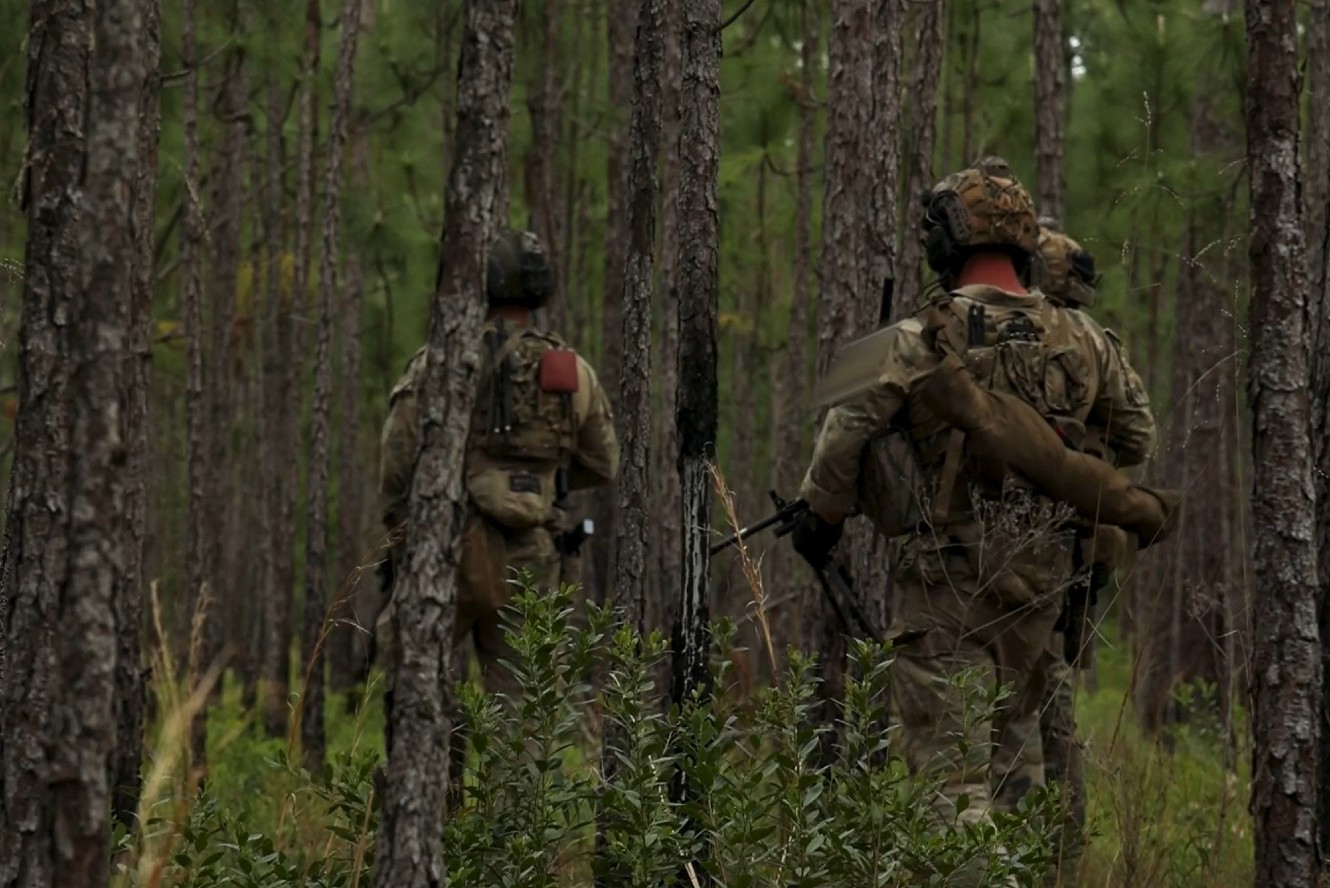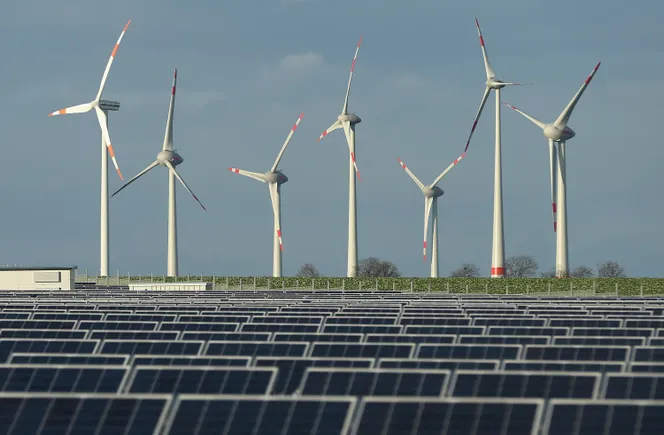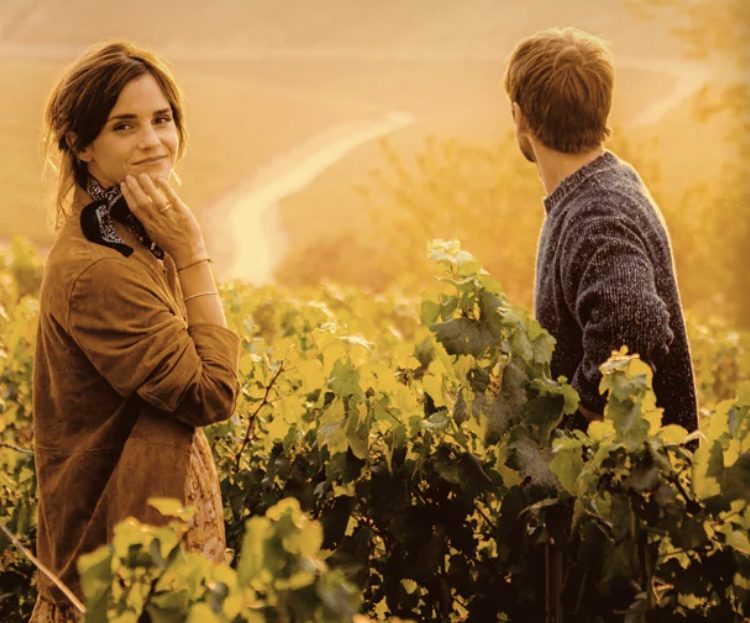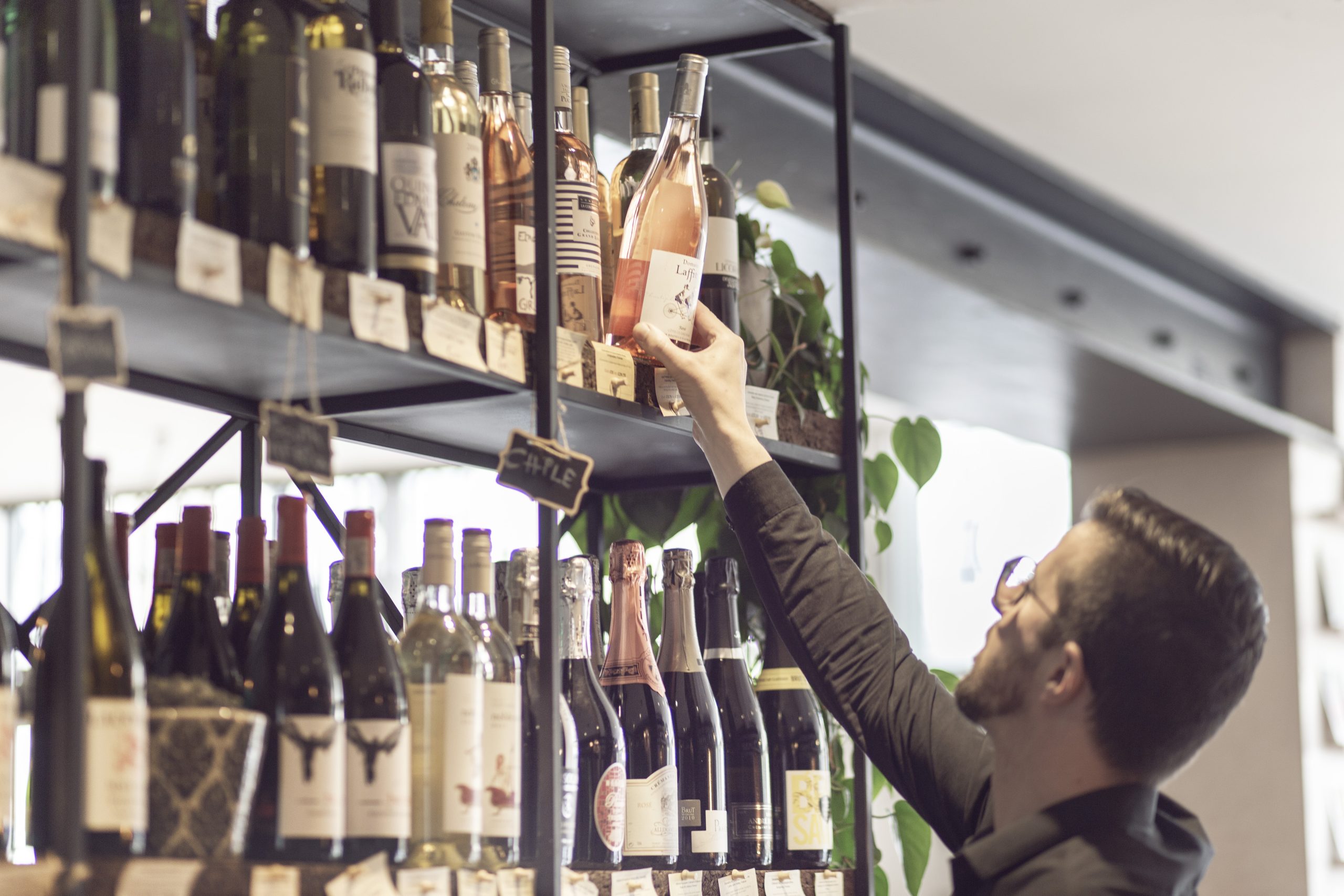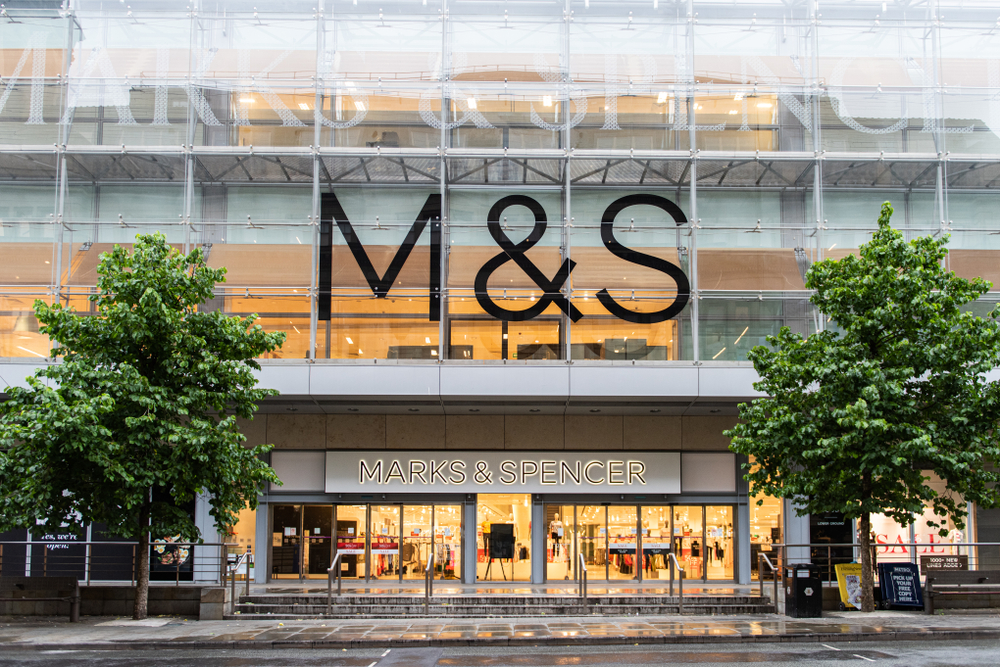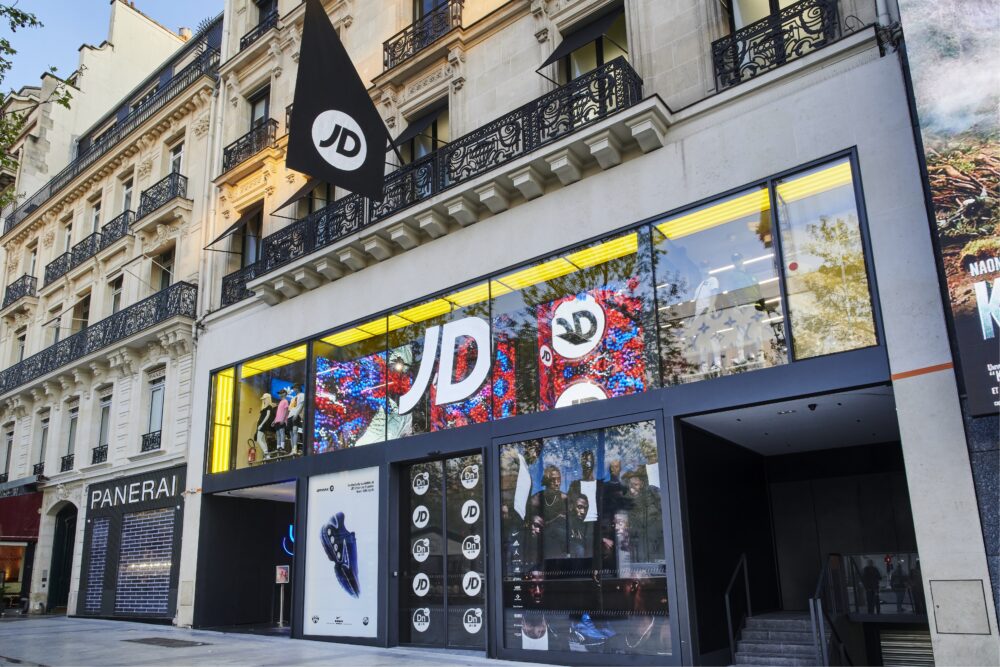Could Gigondas blanc point the way for the future of fine white wine in the Southern Rhône? Louis Barruol of Château de Saint Cosme – and co-president of the Gigondas appellation - certainly thinks so writes Heather Dougherty.
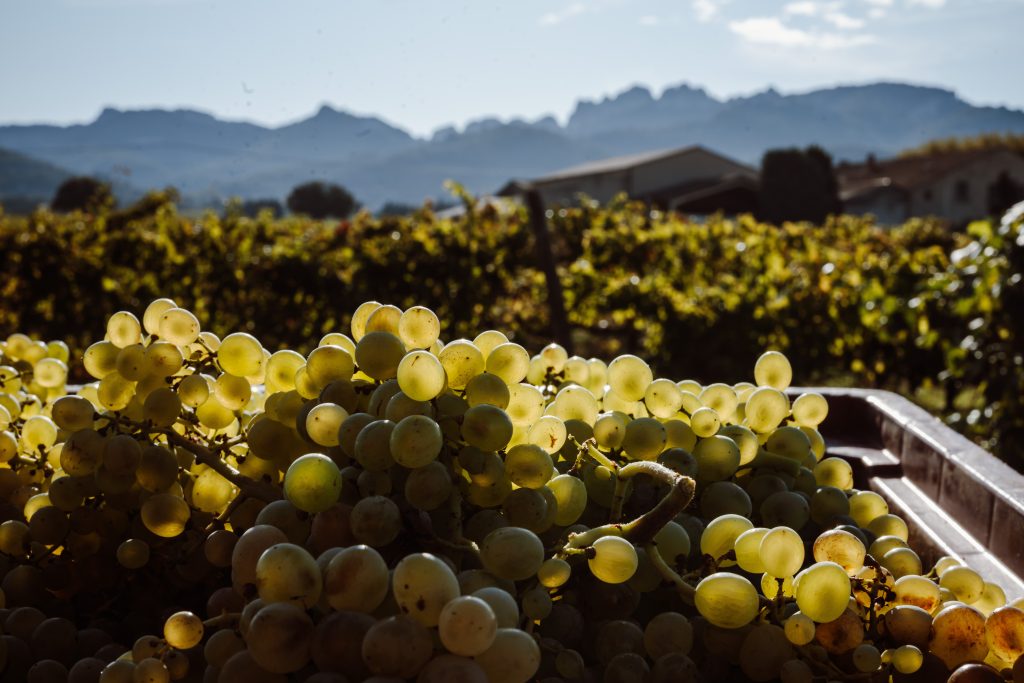
The village and vineyards of Gigondas are striking, clinging to the steep, limestone slopes of the jagged Dentelles de Montmirail. It has long had an enviable reputation for its red wines, which offer the full-throated appeal of the Southern Rhône, allied with elegance and freshness thanks to the limestone and altitude offered by the Dentelles.
Those same factors seem an obvious place to make high quality white wines too but, for many years, Gigondas growers who made whites were obliged to label them as simply Côtes du Rhône blanc. From the 2023 harvest, however, producers are able to label their whites as Gigondas blanc for the first time.
The road to Gigondas blanc began 15 years ago – or perhaps it was 54 years ago. White wine was not included in the appellation rules when Gigondas was elevated to Cru status back in 1971. The why’s and wherefores’ are lost in the mists of time: all we can say for sure is that white wine had been part of the original dossier but, at some point during the application process, it was withdrawn.
It was a blow to growers who had been making white wines, often based on the Clairette blanche grape, which is particularly suited to the combination of limestone marl soils, and the Mediterranean climate moderated by altitude found here. As a result of that 1971 ruling, some growers uprooted their white varieties, preferring to concentrate instead on the red grapes which would qualify for the more prestigious Gigondas label. Luckily some - including Barruol’s Château de Saint Cosme and Domaine Pierre Amadieu - did not and have the old vine Clairette to show for it.
Jean-Marie Amadieu admits that, at the time, his grandfather Pierre had restaurant customers who wanted to buy a white wine from him, so it was primarily a commercial decision to keep his Clairette vines.
Then, 15 years ago began the long process of (re-)gaining approval for white wines within the Gigondas appellation, culminating in the INAO ruling which allowed it from 2023.
Emphasis on Clairette
What makes Gigondas Blanc stand apart from the vast majority of other Southern Rhône whites is the emphasis on Clairette blanche, which must make up at least 70% of the blend. Elsewhere in the south, it is the more weighty varieties - Grenache Blanc, Marsanne, Roussanne and sometimes Viognier - which tend to take the leading role.
Gigondas is now just the third southern Rhône Cru to be able to produce all three colours of wine – alongside Lirac and Vacqueyras. While there are unquestionably very good white wines made in both those villages, it’s fair to say that neither have they carved out a name for themselves as fine wines. In the Rhône valley that accolade, outside of the northern crus, probably belongs to Châteauneuf-du-Pape, which has come to define fine southern whites as ample, fruity and generous.
But Gigondas blanc is a marked departure from that paradigm. Clairette, especially in Gigondas, brings freshness, with lively citrus fruit and always a hallmark of fresh, herbal salinity. It is expressive, age worthy and chimes with consumer tastes which are veering towards the fresh and light.
As Amadieu points out, “it is very mineral, you have this chalky sensation in the mouth [and]…elegant and noble bitterness on the finish.”
Barruol feels there is something unique about the combination of Clairette and the site which combine to make Gigondas blanc a fine wine. If that’s the case, should they have insisted on 100% Clairette, rather than a minimum of 70%? Barruol admits that, initially he was in favour of making the wine solely from Clairette, but was convinced by some of his fellow producers that it would make sense to allow a proportion of other varieties, not least because, in future they may need high acid varieties such as Piquepoul, Bourboulenc and Ugni Blanc to maintain balance in a warming climate.
Barruol says the rules they agreed on, after a massive debate, strike “the right balance between rules, identity and freedom.”
Though, as he admits, winemaking skill is also part of the picture: “At some point it’s always a question of people. Give a great terroir to a stupid guy, [and] he’s going to make average wine.”
Supporting producers
One of the keys to success will be support of the producers. Will they get behind Gigondas blanc? If not, it could find itself in the same position as Gigondas rosé, which, despite being permitted since 1971, still accounts for only 1% of production.
All the signs are positive: while the vineyard area devoted to white varieties is still just 1% of the total, in absolute terms production has increased from 400hl in 2023 to 464hl in 2024. This is in the context of a total harvest which is over 3,500hl smaller in 2024 than 2023, making it a more pronounced relative increase.
Before the new regulations, there were just three producers making white wine in Gigondas, but the latest information from the appellation lists 20 producers, with more to be added in the coming year.
And while Gigondas blanc cuvées are still a rarity in the market, given the volumes involved – 1% of total production equates to less than 62,000 bottles for 2024 production - more will be coming on stream as a result of new plantings.
Other moves are afoot in the southern Rhône white wine universe: last September the village of Laudun on the right bank was elevated from Côtes du Rhône Villages Laudun to Cru, alongside Gigondas et al. And a key part of their successful (and long-term) bid for promotion was based on the quality and distinctiveness of their white wines.
Interestingly, Clairette also often plays a key role there and as of 2024, white wines already make up 27% of the village’s production – a total very much higher than the overall Rhône valley average of just 12%.
Taken together, Gigondas and Laudun producers are demonstrating a renewed determination in the southern Rhône to develop a reputation for fine whites as well as reds.
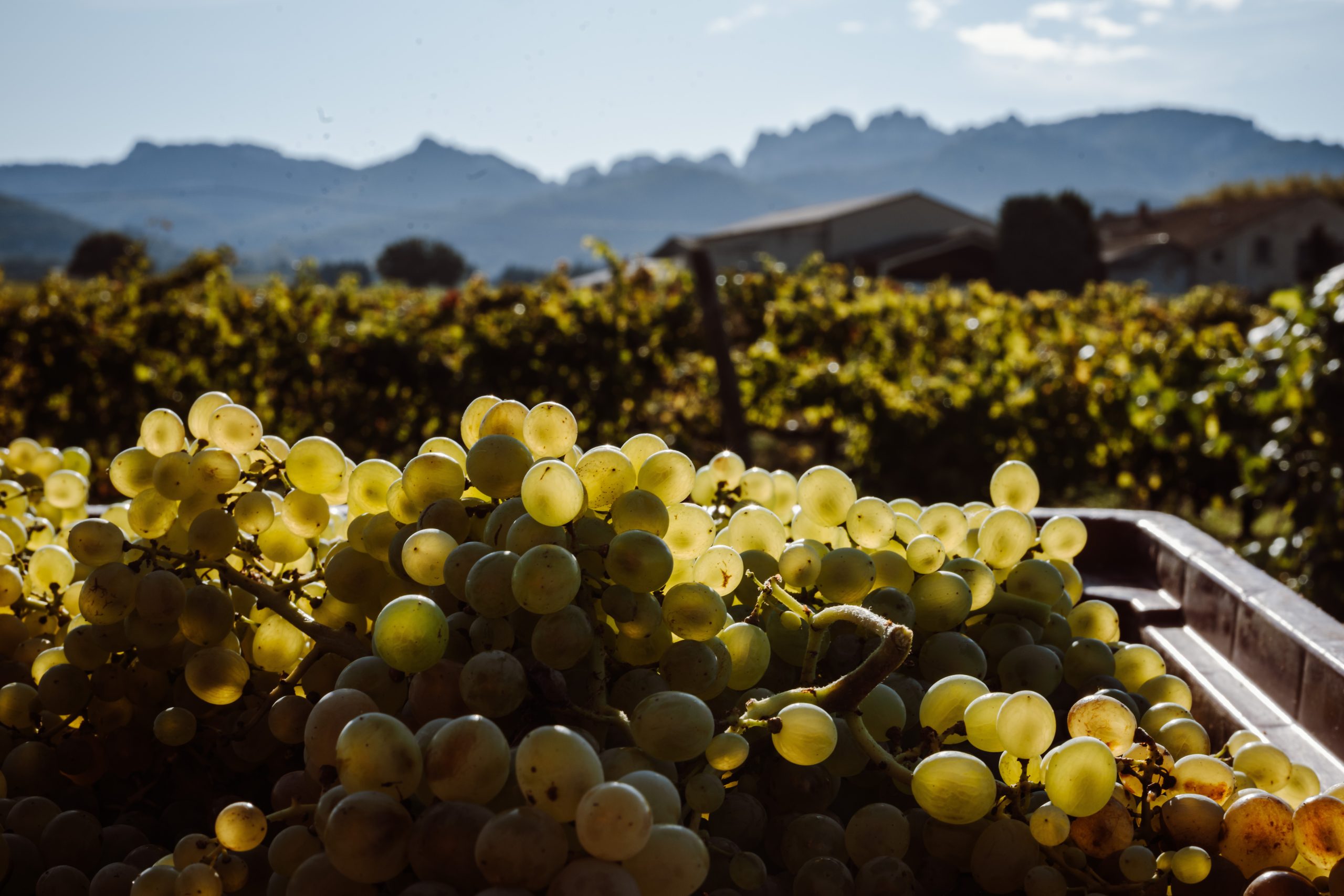
 The village and vineyards of Gigondas are striking, clinging to the steep, limestone slopes of the jagged Dentelles de Montmirail. It has long had an enviable reputation for its red wines, which offer the full-throated appeal of the Southern Rhône, allied with elegance and freshness thanks to the limestone and altitude offered by the Dentelles.
Those same factors seem an obvious place to make high quality white wines too but, for many years, Gigondas growers who made whites were obliged to label them as simply Côtes du Rhône blanc. From the 2023 harvest, however, producers are able to label their whites as Gigondas blanc for the first time.
The road to Gigondas blanc began 15 years ago – or perhaps it was 54 years ago. White wine was not included in the appellation rules when Gigondas was elevated to Cru status back in 1971. The why’s and wherefores’ are lost in the mists of time: all we can say for sure is that white wine had been part of the original dossier but, at some point during the application process, it was withdrawn.
It was a blow to growers who had been making white wines, often based on the Clairette blanche grape, which is particularly suited to the combination of limestone marl soils, and the Mediterranean climate moderated by altitude found here. As a result of that 1971 ruling, some growers uprooted their white varieties, preferring to concentrate instead on the red grapes which would qualify for the more prestigious Gigondas label. Luckily some - including Barruol’s Château de Saint Cosme and Domaine Pierre Amadieu - did not and have the old vine Clairette to show for it.
Jean-Marie Amadieu admits that, at the time, his grandfather Pierre had restaurant customers who wanted to buy a white wine from him, so it was primarily a commercial decision to keep his Clairette vines.
Then, 15 years ago began the long process of (re-)gaining approval for white wines within the Gigondas appellation, culminating in the INAO ruling which allowed it from 2023.
The village and vineyards of Gigondas are striking, clinging to the steep, limestone slopes of the jagged Dentelles de Montmirail. It has long had an enviable reputation for its red wines, which offer the full-throated appeal of the Southern Rhône, allied with elegance and freshness thanks to the limestone and altitude offered by the Dentelles.
Those same factors seem an obvious place to make high quality white wines too but, for many years, Gigondas growers who made whites were obliged to label them as simply Côtes du Rhône blanc. From the 2023 harvest, however, producers are able to label their whites as Gigondas blanc for the first time.
The road to Gigondas blanc began 15 years ago – or perhaps it was 54 years ago. White wine was not included in the appellation rules when Gigondas was elevated to Cru status back in 1971. The why’s and wherefores’ are lost in the mists of time: all we can say for sure is that white wine had been part of the original dossier but, at some point during the application process, it was withdrawn.
It was a blow to growers who had been making white wines, often based on the Clairette blanche grape, which is particularly suited to the combination of limestone marl soils, and the Mediterranean climate moderated by altitude found here. As a result of that 1971 ruling, some growers uprooted their white varieties, preferring to concentrate instead on the red grapes which would qualify for the more prestigious Gigondas label. Luckily some - including Barruol’s Château de Saint Cosme and Domaine Pierre Amadieu - did not and have the old vine Clairette to show for it.
Jean-Marie Amadieu admits that, at the time, his grandfather Pierre had restaurant customers who wanted to buy a white wine from him, so it was primarily a commercial decision to keep his Clairette vines.
Then, 15 years ago began the long process of (re-)gaining approval for white wines within the Gigondas appellation, culminating in the INAO ruling which allowed it from 2023.















